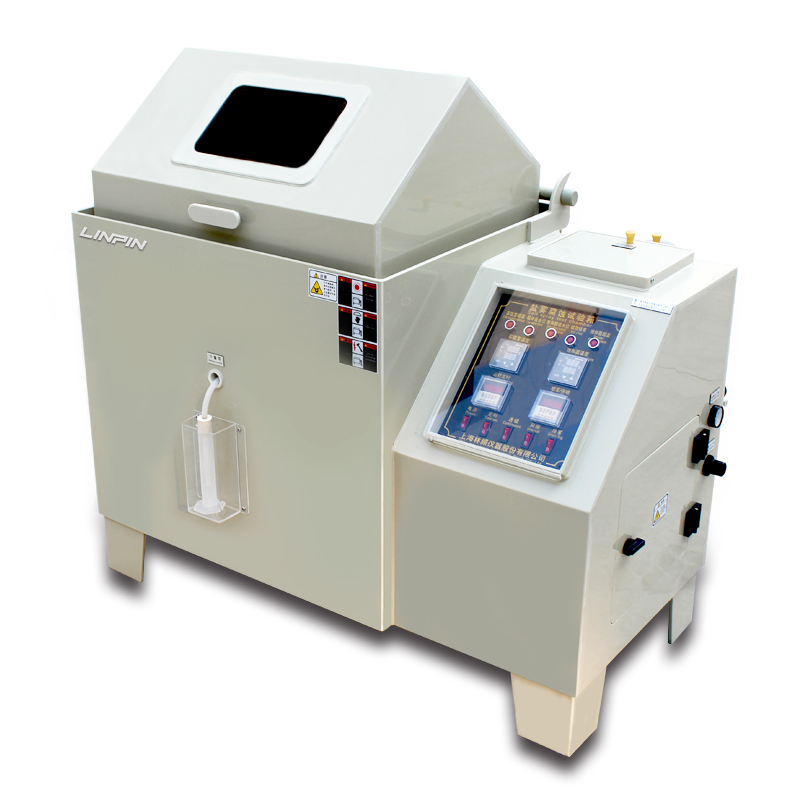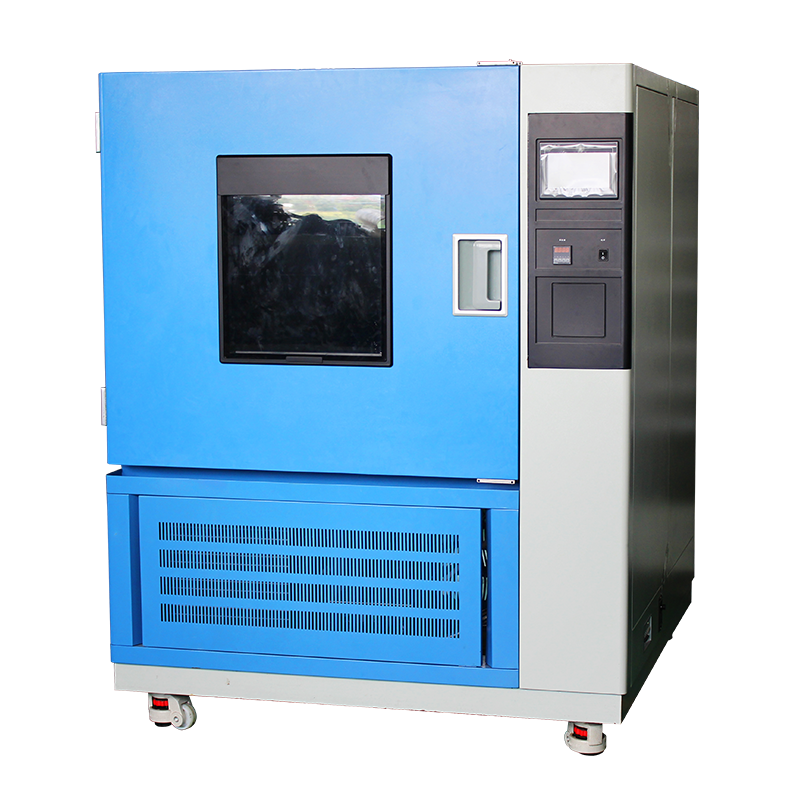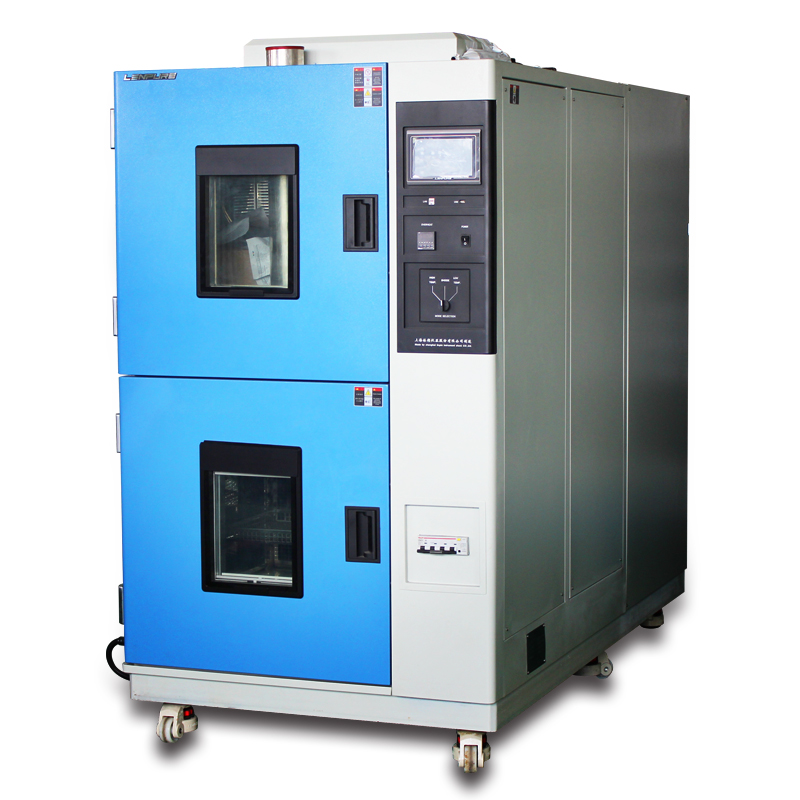Salt Spray Corrosion Test Chamber: The ‘Truth Revealer’ for Material Corrosion Resistance
Author:LINPIN Update Time:2025-06-24 Source:LINPINIn modern industrial production, the corrosion resistance of materials is a crucial factor. Whether in automotive manufacturing, aerospace, electronics, or construction materials, products must withstand harsh environmental conditions. The salt spray corrosion test chamber serves as a widely used "truth revealer" for evaluating material corrosion resistance.
Also known as a salt spray test chamber or salt fog corrosion chamber, this device simulates the corrosive effects of salt spray in marine climates. It subjects test samples to a high-concentration saline mist environment, replicating the corrosive conditions of ocean climates to assess material durability. Typically, the chamber consists of a sealed testing compartment and a control system.

Inside the chamber, a spray nozzle atomizes high-concentration saline solution into fine mist particles, which are then dispersed onto test samples. The control system allows adjustments to temperature, humidity, and spray duration to simulate various corrosive environments. By exposing materials to these conditions, manufacturers can accurately evaluate their corrosion resistance.
The salt spray corrosion test chamber finds extensive applications across multiple industries. For example:
- Automotive manufacturers use it to test the corrosion resistance of vehicle coatings. In marine environments, car exteriors are particularly vulnerable to salt spray erosion. Testing in the chamber helps assess coating durability and reliability.
- Aerospace companies rely on it to evaluate aircraft components. During operation, aircraft parts endure extreme weather conditions, including salt spray corrosion. Simulating these conditions in the chamber ensures the longevity and safety of critical components.
By leveraging the salt spray corrosion test chamber, industries can enhance material performance, improve product reliability, and ensure long-term durability in corrosive environments. This testing method plays a vital role in maintaining quality standards and meeting stringent safety requirements.




